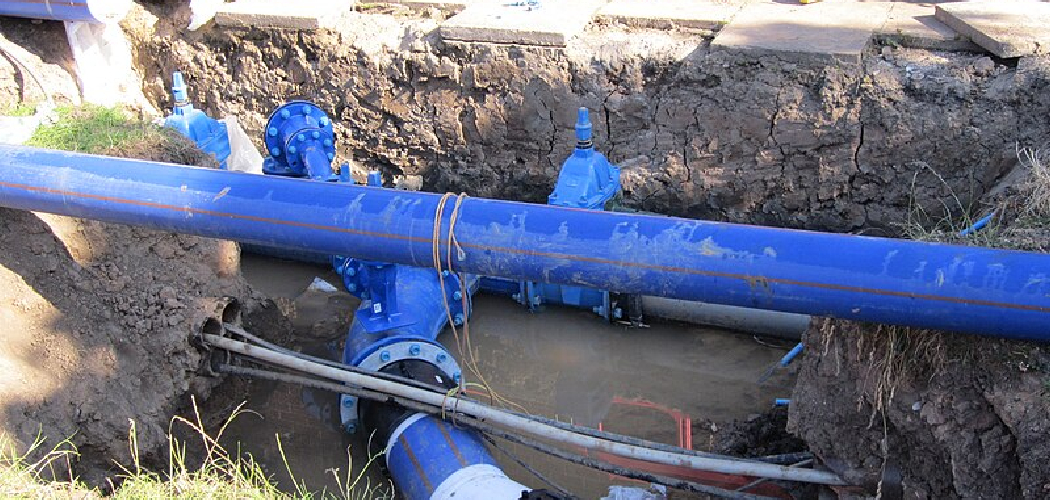Reporting a water main break is crucial for maintaining public safety and ensuring the efficient functioning of our water supply system. A water main break can lead to significant disruptions, including flooding, property damage, and compromised water quality. Understanding the proper steps to report such incidents not only helps municipal services respond quickly but also protects the community from the potential hazards associated with unchecked water leaks.
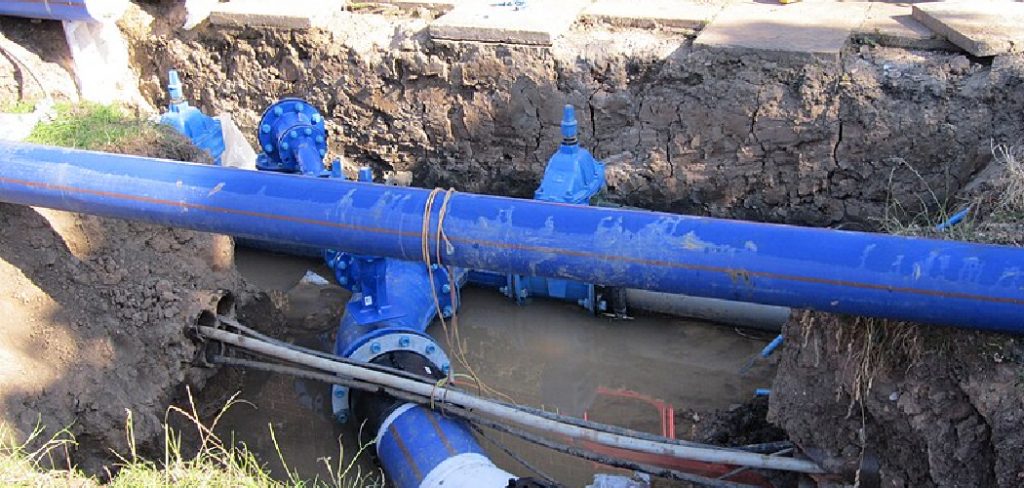
This guide on how to report a water main break will outline the steps you should take when you encounter a water main break, as well as important details to provide to the authorities.
Why is It Important to Report a Water Main Break?
Water main breaks can have serious consequences, such as:
Flooding and Property Damage:
When a water main breaks, large volumes of water can escape and flood surrounding areas. This can cause significant damage to homes, businesses, roadways, and other structures in the vicinity. Timely reporting of a water main break can help municipal services to contain the damage and minimize losses.
Water Contamination:
Water main breaks can also lead to contamination of our drinking water supply. As the broken pipe is exposed to outside elements, it becomes susceptible to infiltration by bacteria, viruses, and other harmful substances. Reporting a water main break promptly helps authorities take necessary precautions to prevent contamination and protect public health.
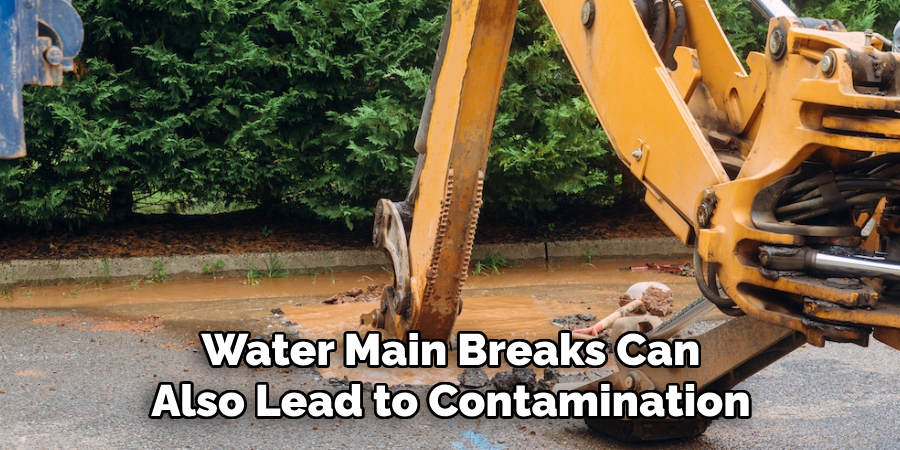
Infrastructure Damage:
In addition to immediate consequences like flooding and contamination, prolonged water leaks can cause serious damage to infrastructure such as roads, bridges, and utility lines. This can result in costly repairs and inconvenience for the community. By reporting a water main break, you can help authorities locate and repair the issue before it causes further damage.
Needed Tools and Materials
Before reporting a water main break, gather the following information and materials to help authorities address the issue promptly:
Location:
The exact location of the water main break is crucial for emergency services to respond quickly. Be as specific as possible when identifying landmarks and cross streets.
Description of the Situation:
Provide a description of what you see, including any visible damage or signs of water leakage.
Photos and Videos:
If possible, take photos or videos of the water main break to provide visual evidence to authorities.
Contact Information:
Leave your contact information with the authorities in case they need to follow up for additional details or updates regarding the situation.
8 Step-by-step Guides on How to Report a Water Main Break
Step 1: Stay Safe
Before approaching a water main break, your safety must be the top priority. Assess the situation from a safe distance, avoiding any areas that appear to be flooded or unstable. Be cautious of the potential for slippery surfaces or falling debris, and keep an eye out for any signs of electrical hazards.
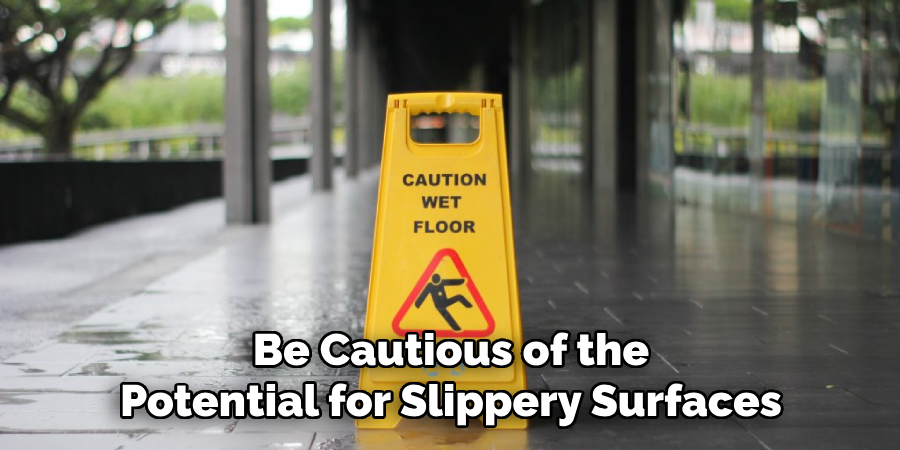
If the situation seems dangerous, such as the presence of rapidly flowing water or compromised road conditions, do not attempt to investigate further. Instead, prioritize finding a safe location and report the break from a distance while ensuring your own well-being.
Step 2: Contact Your Local Water Authority
Once you have ensured your safety, the next step is to contact your local water authority. This is typically the municipal department responsible for water services in your area. You can find their contact information on the official website of your city or county government. When you call, provide them with the details you gathered in Step 1, including the exact location, a description of the situation, and any visual evidence you may have.
Be prepared to answer any additional questions they may have to help assess the situation more efficiently. If possible, use non-emergency contact numbers to avoid overwhelming emergency response lines, allowing them to focus on more critical incidents.
Step 3: Report to Emergency Services if Necessary
In instances where the water main break poses an immediate danger to public safety—such as significant flooding, hazards to pedestrians or vehicles, or potential electrical risks—it’s essential to contact emergency services. Dial your local emergency number and inform them of the situation, clearly stating the nature of the emergency and the location of the water main break.
This ensures that first responders can assess the situation quickly and take necessary actions to safeguard the community. Stay on the line to provide any additional information they may need, and follow their instructions until help arrives.
Step 4: Take Necessary Precautions
While waiting for authorities to arrive, take necessary precautions to protect yourself and others from potential hazards. Avoid contact with the water, as it may be contaminated, and do not attempt to repair or tamper with any damaged pipes or equipment. If you must move through the area, use caution and follow any instructions given by emergency services.
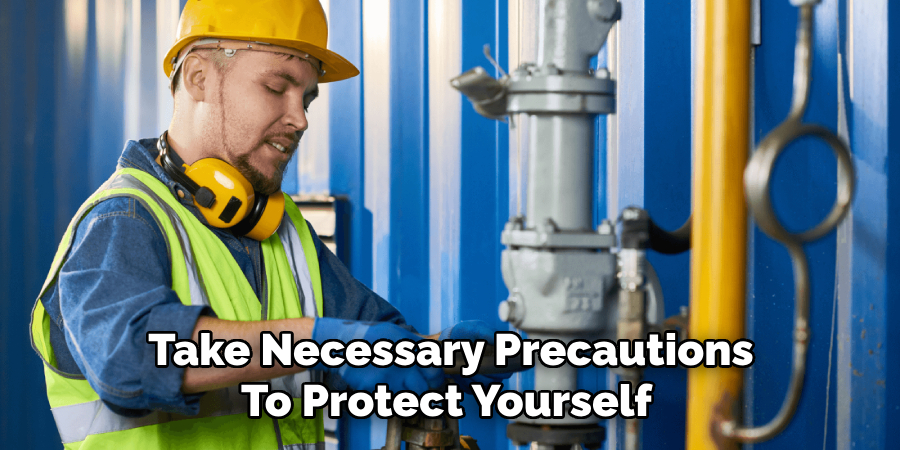
You may also want to alert nearby residents or businesses of the situation to prevent accidents and ensure their safety.
Step 5: Gather Evidence for Insurance Purposes
If you are a property owner affected by the water main break, it is essential to gather evidence for potential insurance claims. Documenting the situation thoroughly can help support your case and expedite the claims process. Begin by taking detailed photographs of any damage caused by the flooding, including affected areas of your property, damaged belongings, and any visible water lines. Additionally, write down a timeline of events, noting when the break occurred and any relevant communications with authorities or emergency services.
If possible, obtain statements or contact information from other affected parties, as their testimonies may further substantiate your claim. Having all this information at hand will assist you in working with your insurance company and ensure that you receive the support you need during this challenging time.
Step 6: Stay Updated on the Situation
In some cases, reporting a water main break may result in temporary disruptions to your water supply. To stay informed and receive updates on when services will be restored, follow your local water authority’s official social media accounts or sign up for their emergency alert system if available. This will help you plan accordingly and make necessary arrangements until the situation is resolved.
It is also advisable to stay away from the affected area until authorities have deemed it safe for the public.
Step 7: Follow Up with Authorities
After reporting a water main break, it is essential to follow up with authorities to ensure that they are addressing the issue promptly and effectively. If there are any delays or further concerns, contact them again for updates and clarification. Your feedback can also help them improve their response procedures for future incidents.
But remember to be patient and understanding, as water main breaks can be complex situations that require time and resources to resolve fully.
Step 8: Take Preventative Measures
Finally, take preventative measures to reduce the risk of future water main breaks in your community. This includes being mindful of what you dispose of down drains and toilets, such as grease or other non-flushable items, which can contribute to clogs and breakages. Additionally, report any visible damage or signs of potential issues with water infrastructure in your area to the appropriate authorities promptly. By being proactive, you can help prevent future incidents and keep your community safe.
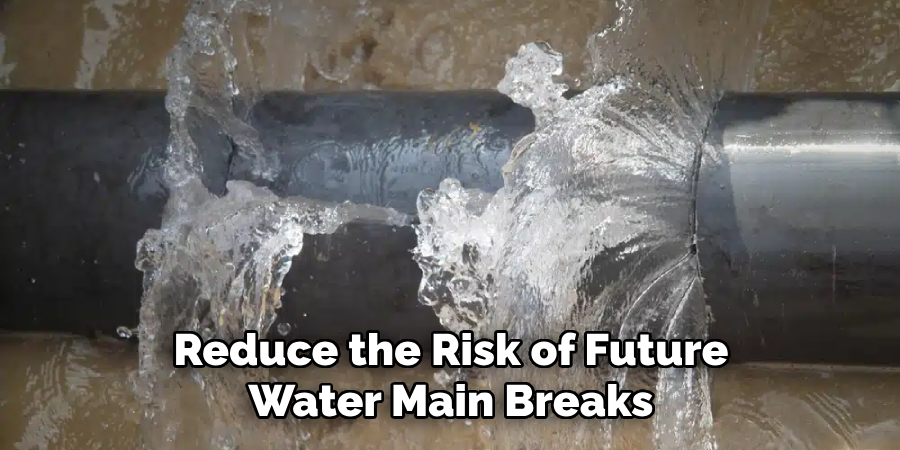
Following these steps on how to report a water main break can help you navigate a water main break situation effectively and ensure the safety of yourself and those around you. Remember to prioritize your well-being, follow official guidelines, and be patient throughout the process. So, it is important to follow all these steps carefully as it will not only help in addressing the immediate issue but also contribute towards preventing future incidents.
Things to Remember
Prioritize Safety:
Always ensure your safety and the safety of others before taking any action regarding a water main break. Avoid contaminated water and hazardous areas.
Act Promptly:
Time is of the essence when reporting a water main break. Contact the local water authority and emergency services as soon as possible to mitigate risks.
Gather Accurate Information:
Document key details, including the location, nature of the break, and any visual evidence to support your report to the authorities.
Be Proactive:
Encourage your community to take preventative measures against water main issues, including proper disposal methods and reporting potential problems.
Stay Informed:
Follow updates from local water authorities regarding service disruptions and recovery efforts to plan your activities accordingly.
Follow Up:
Don’t hesitate to reach out to authorities after your initial report to ensure continuous engagement and prompt resolution of the issue.
Maintain Documentation:
Property owners must maintain thorough records of damages, timelines, and communications to facilitate any necessary insurance claims.
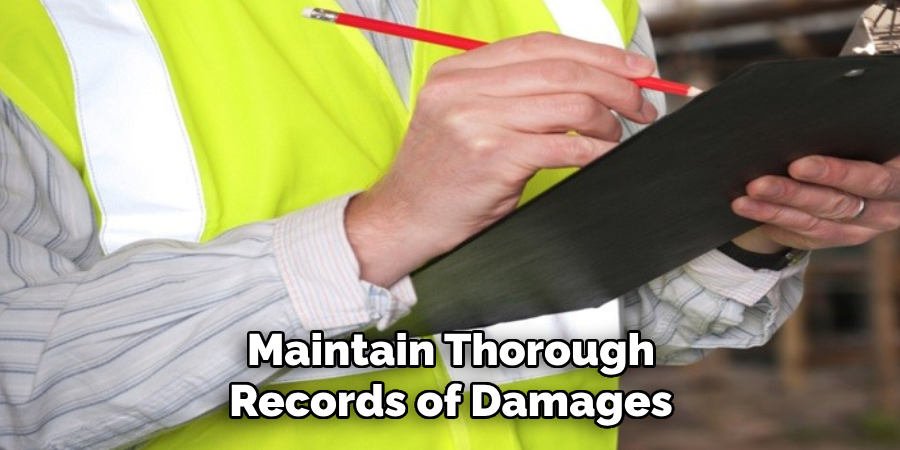
Frequently Asked Questions
Q: What is a Water Main Break?
A: A water main break is a ruptured or damaged pipe that carries potable water, resulting in an uncontrolled flow of water above the ground level.
Q: Who is Responsible for Fixing a Water Main Break?
A: The local water authority is responsible for fixing a water main break. Contact them immediately to report the issue and seek assistance.
Q: Can I Use Water During a Water Main Break?
A: It is advisable to avoid using water from the affected area during a water main break, as it may be contaminated with harmful bacteria or other substances.
Q: Will a Water Main Break Affect My Property?
A: Depending on the location and severity of the break, it can potentially cause damage to nearby properties. Take necessary precautions and document any damages for insurance purposes.
Conclusion
In conclusion, managing the aftermath of a water main break necessitates a systematic approach that prioritizes safety and effective communication with local authorities. By following the outlined steps on how to report a water main break, individuals can mitigate risks, ensure their well-being, and support the efficient resolution of the incident.
Staying informed and proactive not only aids in addressing immediate concerns but also plays a vital role in preventing future occurrences. As community members, our collective vigilance and responsibility in dealing with water infrastructure issues contribute to the safety and resilience of our neighborhoods.

